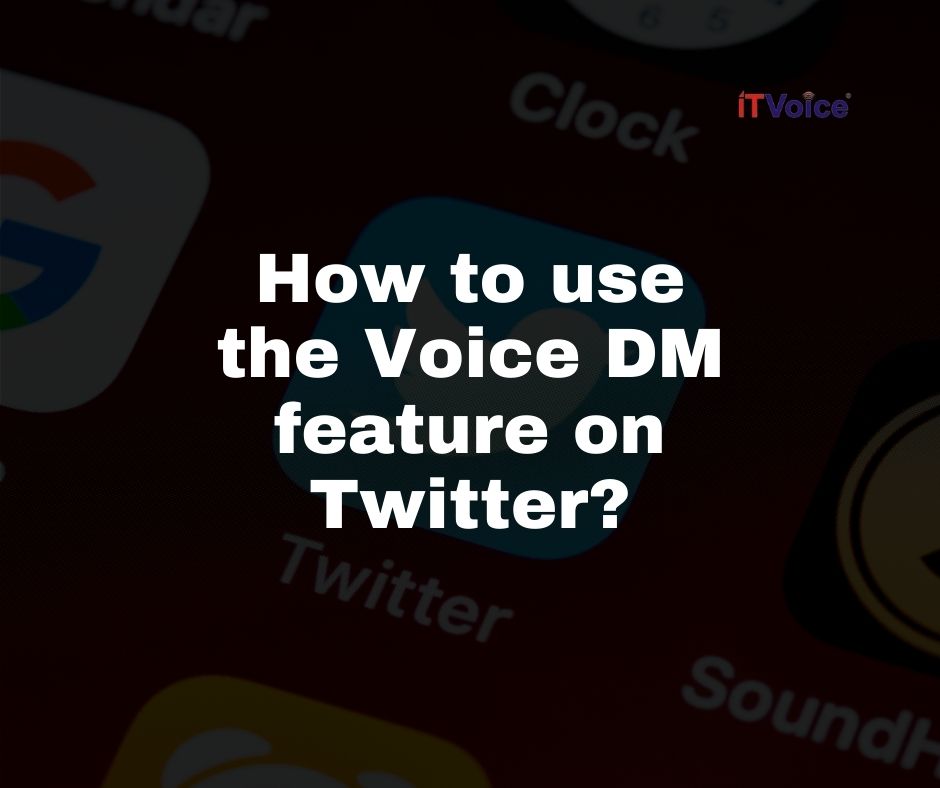Now you can send voice messages as direct messages using your Twitter account. The microblogging giant Twitter announced on Wednesday that the feature is in the testing phase and soon could be rolled out for all the users.
Twitter introduced the Audio Message feature last year in June allowing users to send out Tweets.
Now, the social media giant has taken a step further to ramp up voice services. Twitter has named its Audio Chat Room services as Spaces. It plans to diversify the services from 280 character text messages to transform the user experience.

Using this feature, users will be able to send voice messages in Direct Messages up to 140-seconds long. The testing of the voice message feature will be carried out in phases in three selected countries; Brazil, Japan, and India.
The company believes in giving the users more options to connect on a humane level and thus this feature will help the users to communicate better publicly and privately. It will also come in handy for users who are stuck in situations where typing the text message isn’t possible or if they need to convey the message quickly while on the move.
To use this feature you need to:
- Click on new voice recording to start recording your message.
- Click on the stop icon once you are finished recording the voice message.
- You can recheck the voice note before sending it or deleting it.
- Click send, and that’s it.
- For iOS users, you can long-press the recording icon to record the voice note.
- Swipe up to send the audio note.
Tap the stop icon when you’re done and you’ll have the option to listen to your recording before sending or deleting it.
Also read:
For now, the feature is limited to users on Smartphones and Tablets. But it could soon be launched for the users on Web Browsers as well.
Around 6,000 tweets are sent every second, that’s over 500 million tweets a day.
Manish Maheshwari, Managing Director of Twitter said, “We’re excited to bring the voice messages in DMs experiment to the country and give people a new way to express themselves and help them connect through the nuances, emotion, and empathy built by hearing someone’s voice.”









